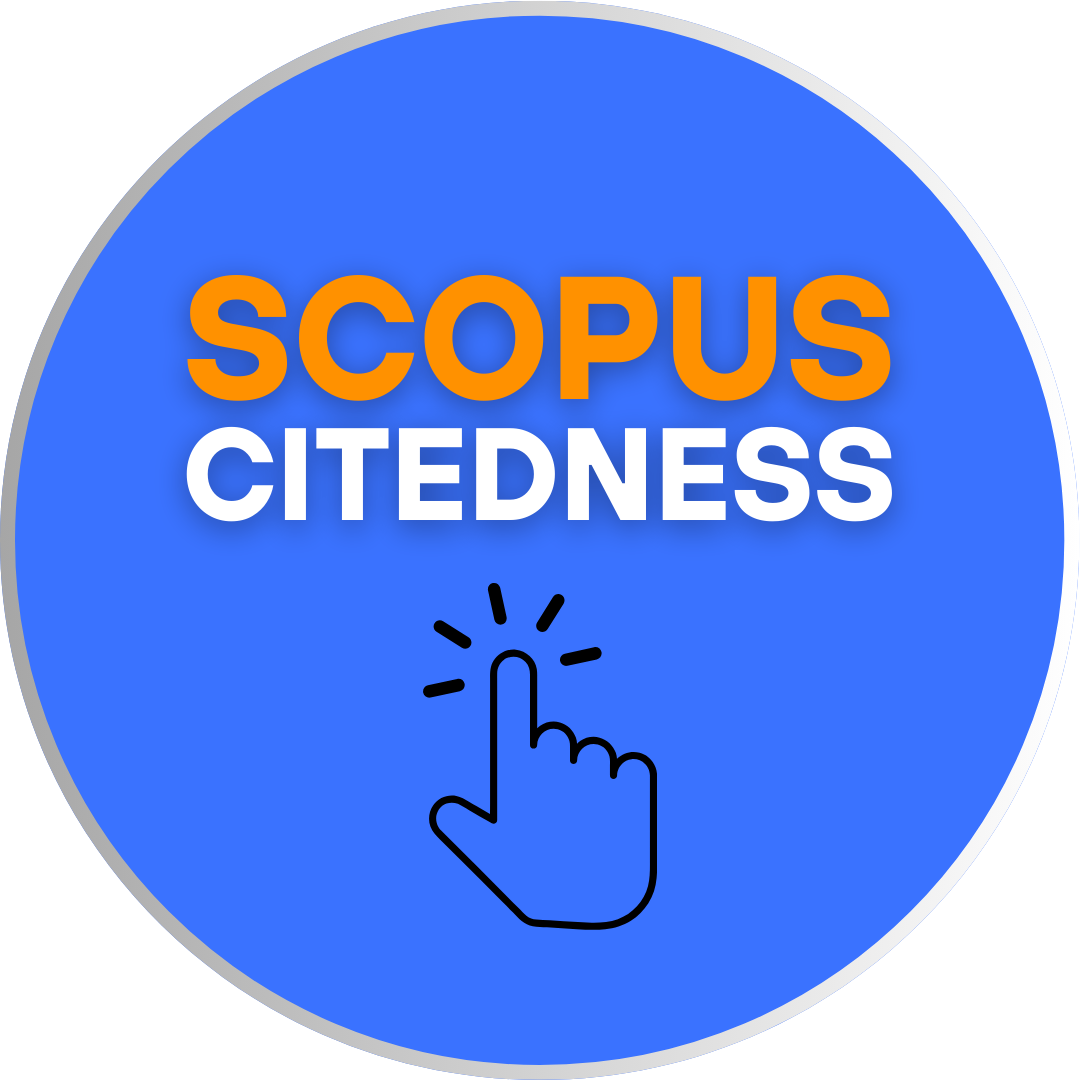MAXIMIZING THE USE OF WHATSAPP IN ENGLISH REMOTE LEARNING TO PROMOTE STUDENTS’ ENGAGEMENT AT MADURA
DOI:
https://doi.org/10.18592/let.v11i1.4402Keywords:
English Remote Learning, promote, students’ engagementAbstract
There are ample remote learning platforms to be used and obviously each of them has strengths and weaknesses. However, based on a survey, WhatsApp becomes the top choice to be used by students in Madura for some reasons; this is a case study on maximizing the use of Whatsapp to promote students’ engagement in English remote learning. The data are collected through Google form questionnaire and in-depth interview via WhatsApp voice notes. The subjects are English lecturers and higher education students of English department from several Universities in Madura whom are volunteers to be taken as sample. The result showed that exploring the various features of WhatsApp, blending various learning platforms to WhatsApp and lecturer’s creativity in maximising the use of WhatsApp enable to promote the students’ engagement toward the English remote learning. Thus, it is suggested to maximize the use of WhatsApp as to promote the students’ engagement towards the English Remote Learning.References
Astalin, P. K. (2013). Qualitative Research Designs: A Conceptual Framework. International Journal Of Social Sciences & Interdisciplinary Research, 2(1), 118–124.
Bach, S., Haynes, P., & Lewis Smith, J. (2007). Online Learning And Teaching In Higher Education (1 ed). McGraw Hill Open University Press. https://books.google.co.id/books?id=oH9edLz16UoC&printsec=frontcover&hl=id&source=gbs_ge_summary_r&cad=0#v=onepage&q&f=false
Barhoumi, C. (2015). The Effectiveness of WhatsApp Mobile Learning Activities Guided by Activity Theory on Students’ Knowledge Management. 18.
Blessing, L. T. M., & Chakrabarti, A. (2009). DRM, a Design Research Methodology. London.
Bri, D., García, M., Coll, H., & Lloret, J. (2009). A Study of Virtual Learning Environments. 6(1), 11.
Chowdhury, F. (2019). Blended learning: How to flip the classroom at HEIs in Bangladesh? Journal of Research in Innovative Teaching & Learning, ahead-of-print(ahead-of-print). https://doi.org/10.1108/JRIT-12-2018-0030
Daniel, S. J. (2020). Education and the COVID-19 pandemic. PROSPECTS. https://doi.org/10.1007/s11125-020-09464-3
Davis, B., & Summers, M. (2015). Applying Dale’s Cone of Experience to increase learning and retention: A study of student learning in a foundational leadership course. QScience Proceedings, 2015(4), 6. https://doi.org/10.5339/qproc.2015.elc2014.6
Fernandez, R., Palacios, D., Gill, I., & Devece, C. (2011). (PDF) Technology platforms in distance learning: Functions, characteristics and selection criteria for use in higher education. ResearchGate. https://www.researchgate.net/publication/290096909_Technology_platforms_in_distance_learning_Functions_characteristics_and_selection_criteria_for_use_in_higher_education
Franken, R. E. (1994). Human Motivation (3rd ed.). Pacific Grove, Calif Brooks/Cole Pub. Co.
Gilbert, B. (2015). Online Learning Revealing the Benefits and Challenges. ONLINE LEARNING, 34.
Gon, S., & Rawekar, A. (2017). Effectivity of E-Learning through Whatsapp as a Teaching Learning Tool. MVP Journal of Medical Sciences, Vol 4(1), 19–25, January-June 2017, 4(1). https://doi.org/10.18311/mvpjms/2017/v4i1/8454
Guler, C. (2016). Use of WhatsApp in Higher Education: What’s Up With Assessing Peers Anonymously? Educational Computing Research, 0(0), 1–18. https://doi.org/10.1177/0735633116667359
Haynes, P. (2016, May). 25 ideas for using WhatsApp with English language students | OUP. Oxford University Press. https://oupeltglobalblog.com/2016/05/17/25-ideas-for-using-whatsapp-with-english-language-students/
Hrastinski, S. (2008). Asynchronous and synchronous e-learning. Educause Quarterly, Number 4. https://www.google.com/search?q=Hrastinski%2C+Stefan.+(2008)+Asynchronous+and+synchronous+e-learning.+Educause+Quarterly%3A+Number+4+2008.+P.51-52&oq=Hrastinski%2C+Stefan.+(2008)+Asynchronous+and+synchronous+e-learning.+Educause+Quarterly%3A+Number+4+2008.+P.51-52&aqs=chrome..69i57.4064j0j7&sourceid=chrome&ie=UTF-8
James M., M. (2002). Learning with technology: Evidence that technology can, and does, support learning. https://www.researchgate.net/publication/324845137_Learning_with_technology_Evidence_that_technology_can_and_does_support_learning
Kahn, P., Everington, L., Kelm, K., Reid, I., & Watkins, F. (2017). Understanding student engagement in online learning environments: The role of reflexivity. Educational Technology Research and Development, 65(1), 203–218. https://doi.org/10.1007/s11423-016-9484-z
Maley, A., & Peachey, N. (2015). Creativity in the English language classroom. British Council.
Means, B., Toyama, Y., Murphy, R., Bakia, M., & Jones, K. (2010). Evaluation of Evidence-Based Practices in Online Learning: A Meta-Analysis and Review of Online Learning Studies. In US Department of Education. US Department of Education. https://eric.ed.gov/?id=ED505824
Morais, M. F., & Azevedo, I. (2011). What is a Creative Teacher and What is a Creative Pupil? Perceptions of Teachers. Procedia - Social and Behavioral Sciences, 12, 330–339. https://doi.org/10.1016/j.sbspro.2011.02.042
Ngalomba, S. (2020, April). Using WhatsApp to enhance online learning. https://www.universityworldnews.com/post.php?story=20200421102812987
Nitza, D., & Roman, Y. (2016). WhatsApp Messaging: Achievements and Success in Academia. International Journal of Higher Education, 5(4). https://doi.org/10.5430/ijhe.v5n4p255
Owens, J., Hardcastle, L., & Richardson, B. (2009). Learning From a Distance: The Experience of Remote Students. JOURNAL OF DISTANCE EDUCATION, 23(3), 22.
Schlechty, P. C. (2011). Engaging Students: The Next Level of Working on the Work. John Wiley & Sons.
Sesmiyanti. (2016). Students’ Cognitive Engagement in Learning Process. Journal PROLINGUA, 5(2).
Wahsun, W. (2020). Trend Penggunaan Platfrom Belajar Online oleh Guru di Tengah Pandemi COVID-19. https://www.celotehpendidikan.com/2020/04/trend-penggunaan-platform-belajar.html
Watson, J. (2008). Blending Learning: The Convergence of Online and Face-to-Face Education. NACOL (North American for Online Learning), 18.
Wexler, N. (2020). 7 tips to help make remote learning more effective. https://www.forbes.com/sites/nataliewexler/2020/04/08/7-tips-to-help-make-remote-learning-more-effective/#638a643b62c3
Yavuz, F. (2017). Do Smartphone Supr or deter learning: A WhatsApp case study. International Journal of Educational Sciences, 15(3), 408–415. https://doi.org/10.1080/09751122.2016.11890551
Downloads
Published
How to Cite
Issue
Section
License
Authors who publish with this journal agree to the following terms:
- Authors retain copyright and grant the journal right of first publication with the work simultaneously licensed under a Creative Commons Attribution License that allows others to share the work with an acknowledgement of the work's authorship and initial publication in this journal.
- Authors are able to enter into separate, additional contractual arrangements for the non-exclusive distribution of the journal's published version of the work (e.g., post it to an institutional repository or publish it in a book), with an acknowledgement of its initial publication in this journal.
- Authors are permitted and encouraged to post their work online (e.g., in institutional repositories or on their website) prior to and during the submission process, as it can lead to productive exchanges, as well as earlier and greater citation of published work.
LET (LINGUISTICS, LITERATURE, AND LANGUAGE TEACHING) http://jurnal.uin-antasari.ac.id/index.php/let/index licensed under a Creative Commons Attribution 4.0 International License.
















